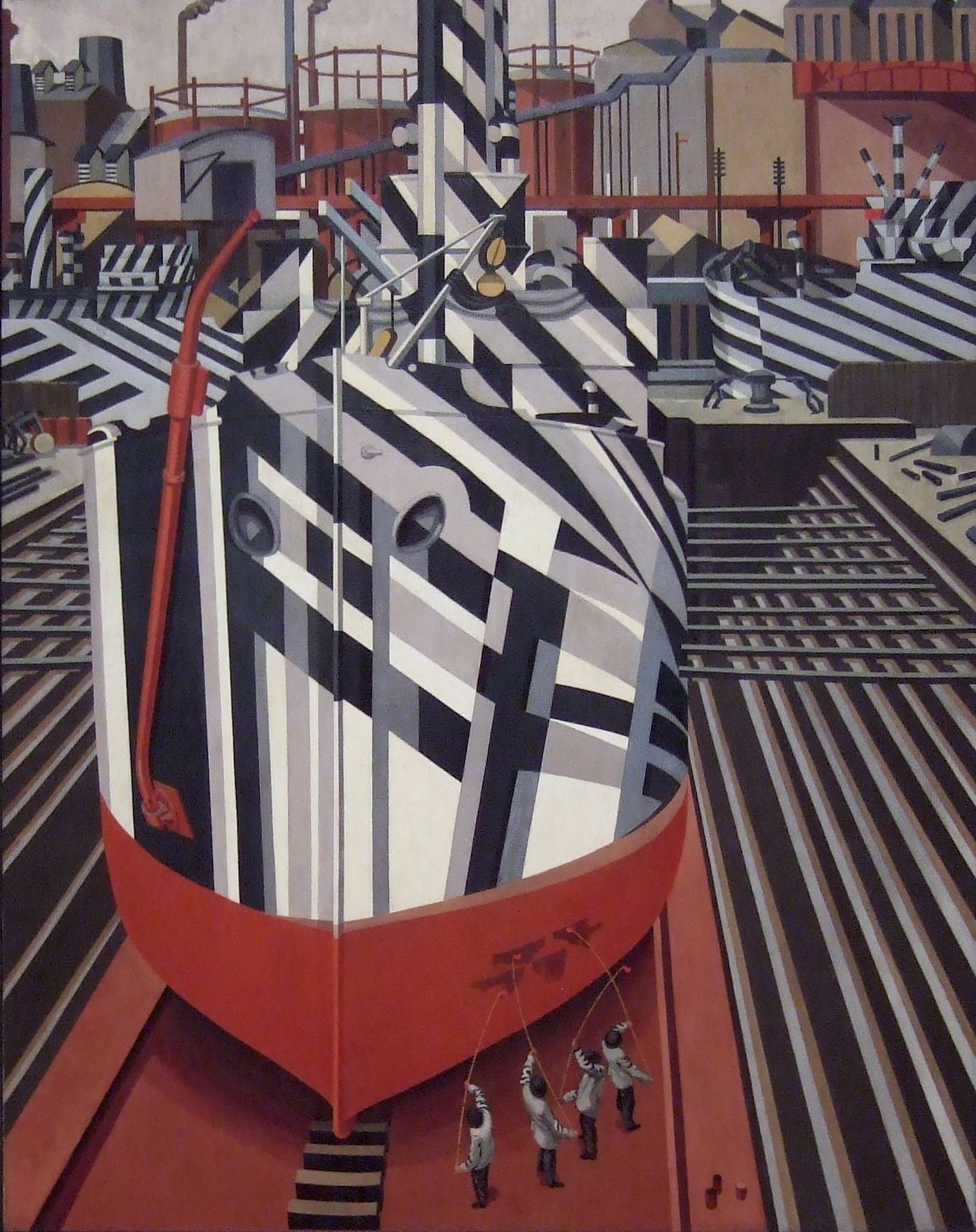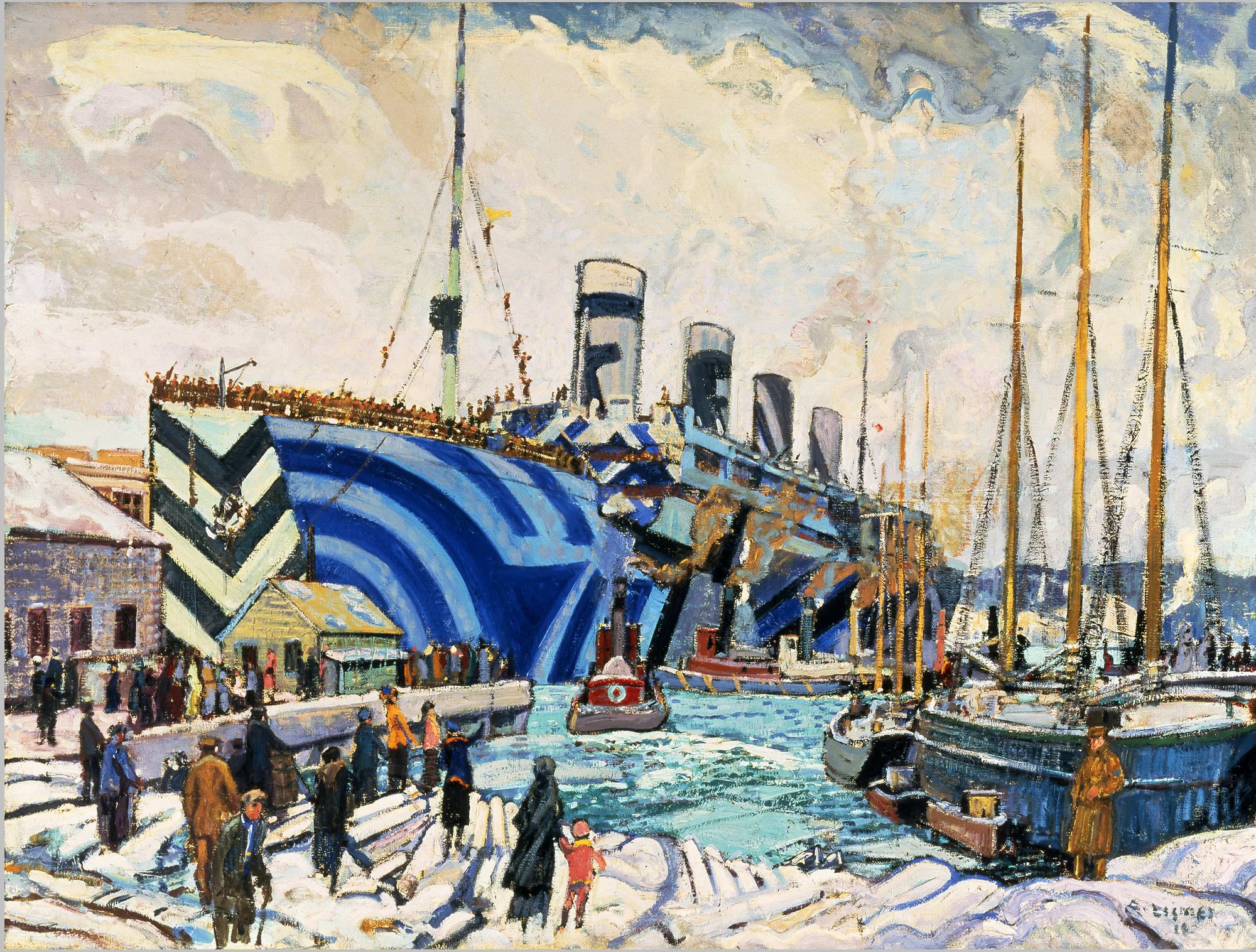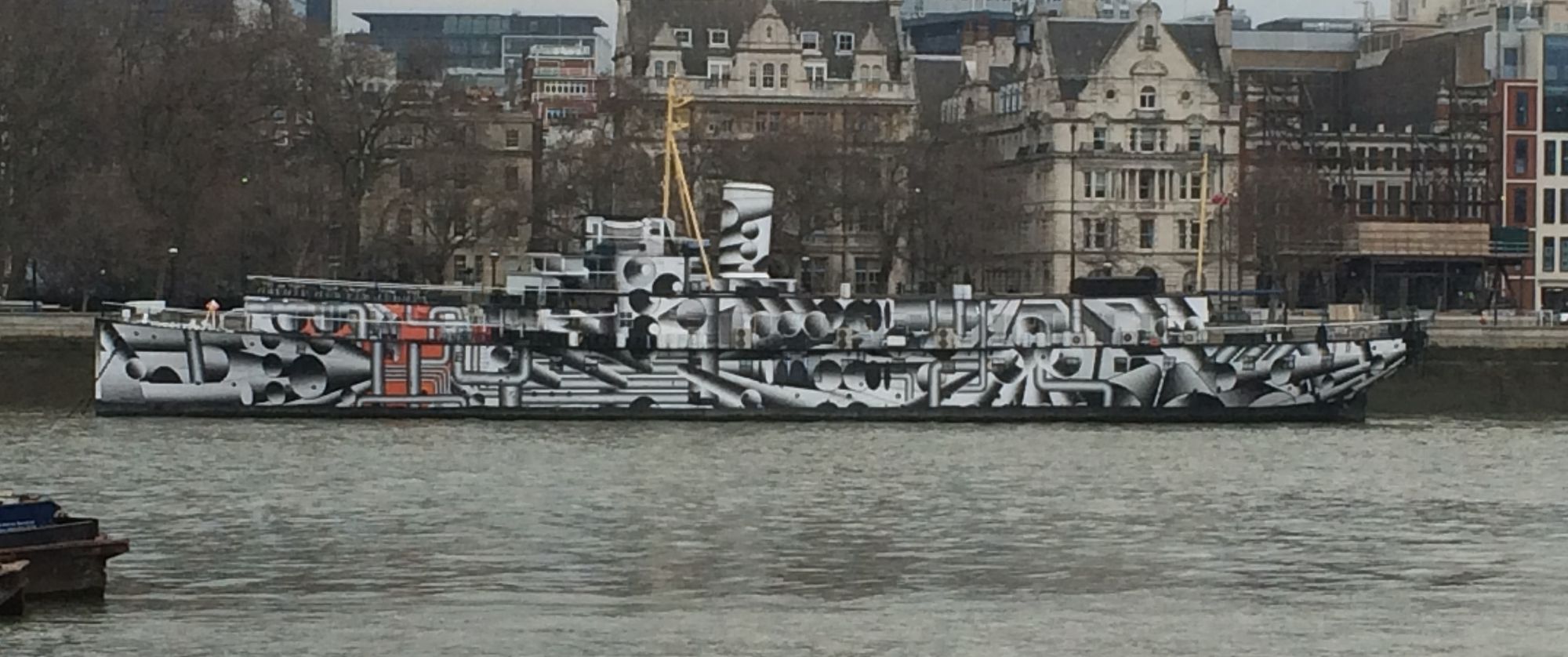Camouflage
I am a geek, and so it should be obvious that I like geeky things. One of the things that I have always been interested in, is the art of camouflage, especially military camouflage.



Camouflage
I am a geek, and so it should be obvious that I like geeky things. One of the things that I have always been interested in, is the art of camouflage, especially military camouflage. During my ‘green period’, well if Picasso can have a 'blue period' I can have a 'green period', I was asked to camouflage a group of Land Rovers. I did such an impressive job that when we tried to find them in failing light we couldn’t. I had succeeded in finding my metier. I was the 'camo guy'. I was pretty useless at everything else, luckily I got over my ‘green period’ and moved on.
One area of camouflage that gets my ‘noggin jogging’ is dazzle camouflage. Dazzle camouflage was an idea first tried out during the First World War to camouflage ships. It looks beautiful to my eye. Look at the picture below called Dazzle-ships in Drydock at Liverpool. A picture by Edward Wadsworth painted in 1919. It looks so wrong but right. The whole idea was to disrupt the shape, to fool the eye at long distance. Did it work? Well yes, sort of. Also look at the picture by Arthur Lismer called Olympic with returning soldiers painted in 1919, and it just looks amazing.


War artist Arthur Lismer captured the return of the troopship SS Olympic (centre) to Halifax harbour following the First World War. Olympic's multi-coloured dazzle camouflage, added in 1917 at the height of the German U-Boat threat, was intended to make the ship more difficult to identify and target. The painting also provides a glimpse of the busy Halifax dockyard, Canada's principal wartime naval base. Pressed into service in 1915, Olympic became one of the war's most famous troop ships. Affectionately known as "Old Reliable," Olympic would carry over 200,000 British, American, and Canadian troops to and from the fighting fronts. This painting is used in schools all across the country for projects and award winning essays.
Indeed, Dazzle Camouflage was embraced by artists and even became a ‘fashion statement’ for a while for instance:
In 2014, the Centenary Art Commission backed three dazzle camouflage installations in Britain: Carlos Cruz-Diez covered the pilot ship MV Edmund Gardner in Liverpool's Canning Dock with bright multi-coloured dazzle artwork, as part of the city's 2014 Liverpool Biennial art festival; and Tobias Rehberger painted HMS President, anchored since 1922 at Blackfriars Bridge in London, to commemorate the use of dazzle, a century on. Peter Blake was commissioned to design exterior paintwork for MV Snowdrop, a Mersey Ferry, which he called "Everybody Razzle Dazzle", combining his trademark motifs (stars, targets etc.) with First World War dazzle designs.

Even Picasso himself got in on the act, arguing that Dazzle Camouflage was his invention because it was quintessentially cubist. Well probably.
I like camouflage because it tricks the eye, and the mind, it hides things pretty much in plain sight, and even today you see people wearing camouflage clothing as a fashion statement. One of my most treasured possessions is a camouflage jacket given to me by a survival expert called Eddie McGee, he was in the SAS, and was known as Jungle Eddie, we really got on, he was Ray Mears before Ray Mears. He was a survival expert and a tracker. He became famous when he tracked down a fugitive from the police, a guy called Barry Prudom. Prudom was nicknamed the ‘phantom in the forest’ but Eddie got his man. Eddie was interesting and unassuming. He taught people how to survive, and taught me a lot. He also taught me how to camouflage stuff, maybe too well. But he ‘showed me the way’ (a family joke there) and I became fascinated by camouflage of all sorts, in many ways I am very adept at it still. Or am I? Camouflage is to essentially confuse they eye and the mind. Be confusing…

Two American ships in dazzle camouflage, painted by Burnell Poole, 1918.
Somehow I couldn't take this post down, the pictures are (to me) beautiful, so there!